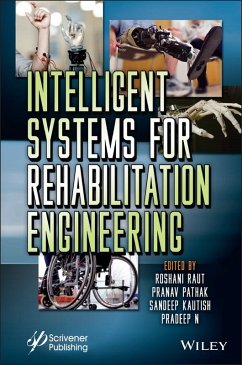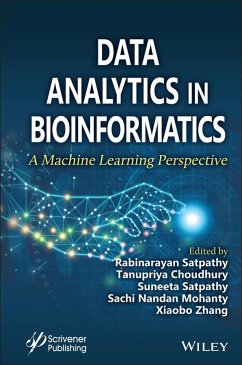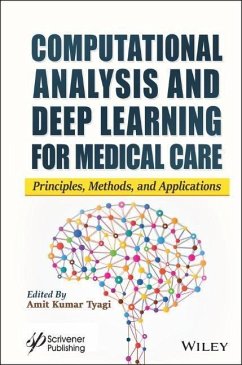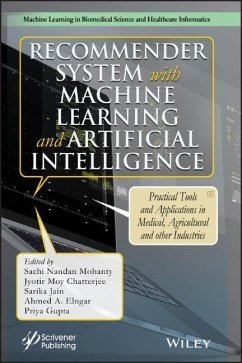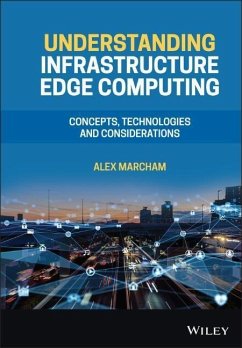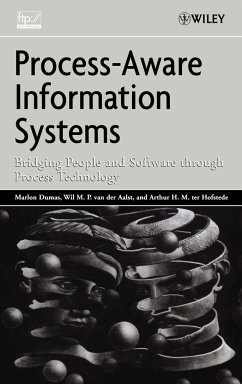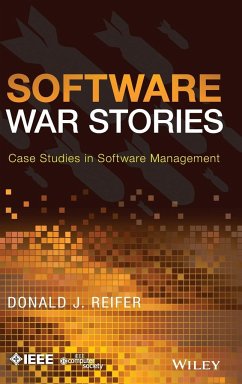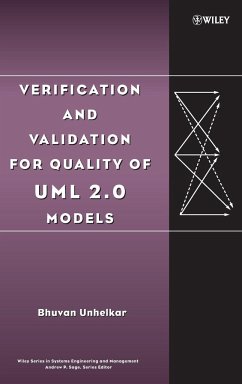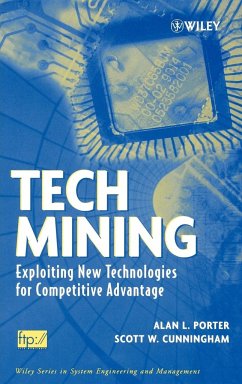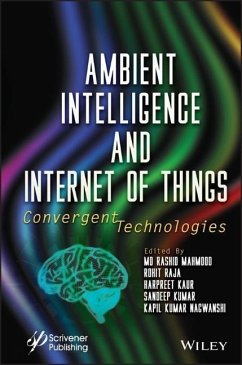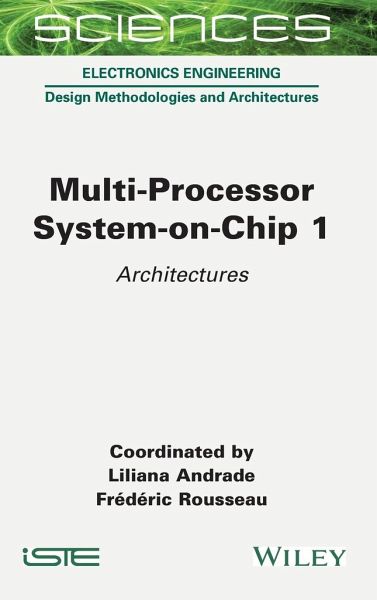
Multi-Processor System-On-Chip 1
Architectures
Herausgeber: Andrade, Liliana; Rousseau, Frederic
Versandkostenfrei!
Versandfertig in über 4 Wochen
158,99 €
inkl. MwSt.
Weitere Ausgaben:

PAYBACK Punkte
79 °P sammeln!
A Multi-Processor System-on-Chip (MPSoC) is the key component for complex applications. These applications put huge pressure on memory, communication devices and computing units. This book, presented in two volumes ? Architectures and Applications ? therefore celebrates the 20th anniversary of MPSoC, an interdisciplinary forum that focuses on multi-core and multi-processor hardware and software systems. It is this interdisciplinarity which has led to MPSoC bringing together experts in these fields from around the world, over the last two decades.Multi-Processor System-on-Chip 1 covers the key ...
A Multi-Processor System-on-Chip (MPSoC) is the key component for complex applications. These applications put huge pressure on memory, communication devices and computing units. This book, presented in two volumes ? Architectures and Applications ? therefore celebrates the 20th anniversary of MPSoC, an interdisciplinary forum that focuses on multi-core and multi-processor hardware and software systems. It is this interdisciplinarity which has led to MPSoC bringing together experts in these fields from around the world, over the last two decades.
Multi-Processor System-on-Chip 1 covers the key components of MPSoC: processors, memory, interconnect and interfaces. It describes advance features of these components and technologies to build efficient MPSoC architectures. All the main components are detailed: use of memory and their technology, communication support and consistency, and specific processor architectures for general purposes or for dedicated applications.
Multi-Processor System-on-Chip 1 covers the key components of MPSoC: processors, memory, interconnect and interfaces. It describes advance features of these components and technologies to build efficient MPSoC architectures. All the main components are detailed: use of memory and their technology, communication support and consistency, and specific processor architectures for general purposes or for dedicated applications.





